Pilot valves are very useful because they allow a small and easily operated feed to control a much higher force to operate. It is even useful when a solenoid is used to operate the pilot valve. Minimum oil pressure needs to be ensured for all operating conditions of the directional control valve (DCV).
Pilot signal is used to operate pressure control valves such as Pressure relief valve, Pressure Reducing valve, Sequence valve also in unloading valve.
When do we use a Pilot Valve?
The pilot valve is necessary to control and actuate large valves as otherwise the size of the solenoid in relation to actual valve would be relatively large. In other words more magnetic force is required, it is practically not feasible.
A pilot valve is a small valve in size, which controls a limited flow control feed to a separate piloted valve. Typically, this separate valve controls a high pressure or high flow feed in the fluid control system.
Control Techniques
The control techniques of Directional Control Valves may be classified into two groups
- Direct controlled unit
- Indirect controlled unit
Direct Controlled Unit
Direct controlling means the actuation is carried by the oil pressure on the valve having a single large-sized spool.
Indirect Controlled Unit
The indirectly controlled mechanism contains two parts.
- One pressure oil controlled directional control valve.
- One direct-controlled directional control valve generally termed as pilot valve mostly solenoid as an actuating element as shown in the figure below.
The valves like 3/2, 4/2 directional control valves are actuated by solenoids which in turn control the main valves. These valves are therefore termed pilot valves and the controlled valve is known as the main valve.
As the hydraulic machines are worked on moderate to high pressure, some times bigger size direct acting control valves may require higher amount of actuating force.
In such instances of pilot-controlled direction control valves, the main valve spool is operated with oil pressure which is directed to the spool by the pilot valve.
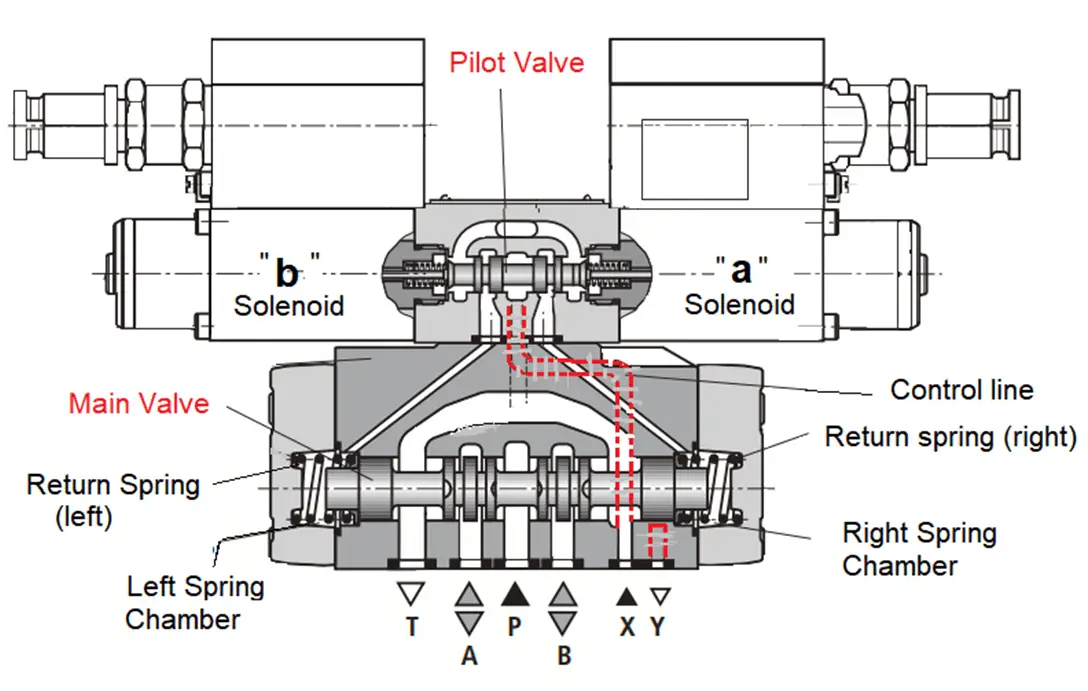
Construction of DCV
The directional control valve consists of the main valve with housing, main control spool, two return springs (left side, right side), pilot valve, one or two solenoids.
The main control spool in the main valve is held in the zero (initial position), two spring chambers are connected to tank via the pilot control valve.
The pilot control valve is supplied with pilot oil via the control line, which is shown in dotted lines in the above drawing.
Working of DCV
When there is no pilot oil pressure, the main valve is held in central position by springs in left and right hand chambers even pump pressure persists.
Upon actuation of pilot control unit, example by right side solenoid valve (a), the pilot valve spool is moved to the left hand side. Hence, the right side spring chamber is gets pressed with pilot pressure. The left side spring chamber remain depressurized.
The pilot pressure acts on the left side of the main control spool and moved against the left side spring this connects the ports P to B and A with tank T in the main valve.
When the solenoid coil is switched-off, the pilot control valve spool returns in to initial position. The spring chamber (left) is un-loaded to the tank. The pilot oil from the spring chamber is displaced into the channel “Y” shown in red dotted line, via pilot valve.
Pilot Operated Valve – Normally Open
The pilot pressure-operated valves shown above are often used in critical, important applications and are human-operated.
Pressure and flow of the pilot oil have a remarkable influence on the response time of the spool.
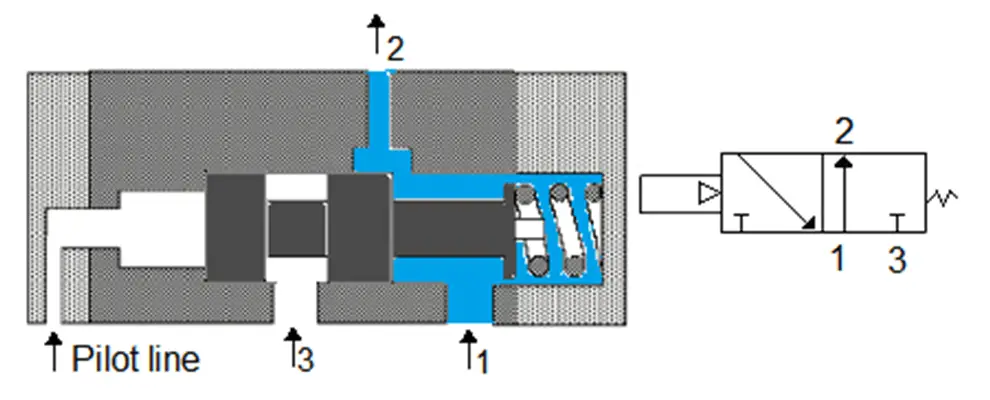
The above diagram shows a 3 port valve, pilot operated spring return type.
The valve pressure port 1 is normally open to cylinder port 2 and the valve must be operated to turn the pressure off. This valve is said to be normally open (NC).
Pilot Operated Valve – Normally Close

This is by reversing the ports 1 and 3 the pressure port is normally closed and the valve is operated to obtain pressure port 2. This valve is normally closed.
Reference: Rexroth Hydraulics
If you liked this article, then please subscribe to our YouTube Channel for Instrumentation, Electrical, PLC, and SCADA video tutorials.
You can also follow us on Facebook and Twitter to receive daily updates.
Read Next:
- Advantages of Shutdown Valve
- Control Valve Commissioning
- Pneumatic Amplifying Relays
- Solenoid Valve Selection
- Flow Control Valve Questions
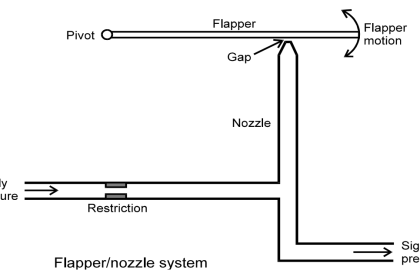

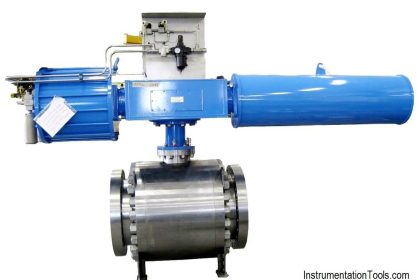
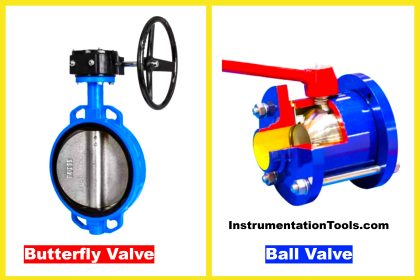


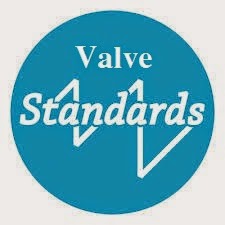
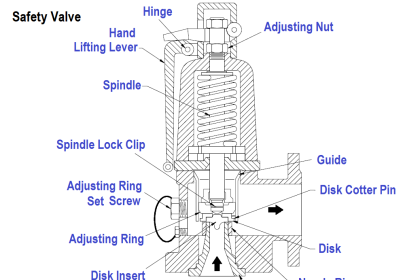
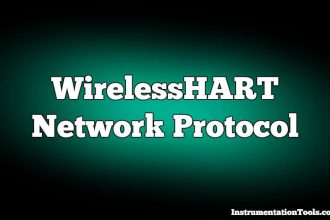

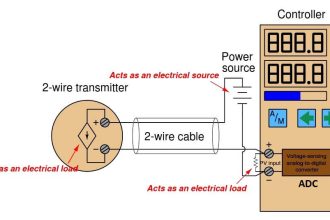
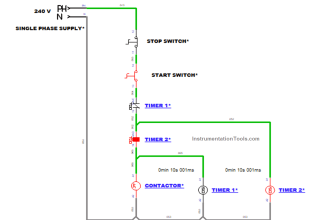



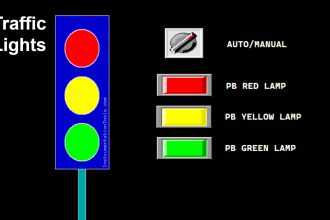

Another fantastic read on how technology is shaping the future of industry! I’ll drop the link here for reference.. https://www.nirmal.co.in/
Your blog was awsome. We are also in the same industry. Please do visite our site https://www.nirmal.co.in/.